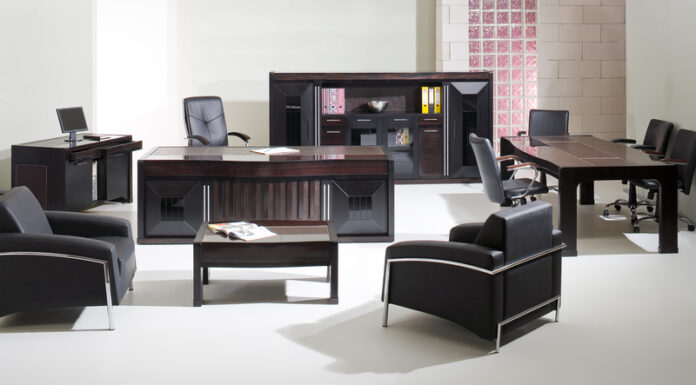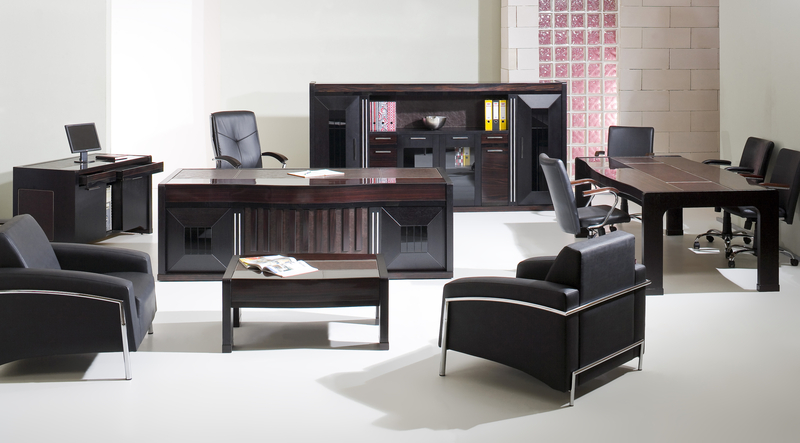
Kadokarci | Dreamstime.com
Starting a furniture business can be an exciting and rewarding venture, offering both creativity and profitability. With the growing demand for high-quality, stylish, and sustainable furniture, entrepreneurs have many opportunities to establish successful brands. However, setting up a furniture business requires careful planning, strategic decision-making, and efficient execution.
Whether you want to create bespoke handmade pieces, sell mass-produced items, or focus on eco-friendly designs, understanding the key steps involved in launching your business is essential. This guide will provide a comprehensive roadmap to help you navigate through the process.
Step 1: Research the Market and Identify Your Niche
Before starting a furniture business, conducting thorough market research is crucial. Understanding industry trends, consumer preferences, and competition will help you position your brand effectively.
1. Analyse Market Demand
The furniture industry is constantly evolving, with trends shaping consumer preferences. Minimalist designs, smart furniture, and eco-friendly materials are gaining traction. Studying these trends helps you understand what customers want and how you can cater to their needs. Identify your target audience – young professionals looking for compact, stylish furniture, families needing durable and functional pieces, or businesses requiring commercial furnishings. Additionally, research how customers prefer to shop – online, in-store, or through custom orders.
2. Choose a Niche
Choosing a niche helps you stand out in a competitive market. Options include:
Bespoke Furniture – Custom-made pieces catering to high-end clients who desire unique designs.
Eco-Friendly Furniture – Sustainable materials, upcycled designs, and non-toxic finishes for environmentally conscious buyers.
Office and Commercial Furniture – Ergonomic chairs, desks, and storage solutions tailored for businesses and coworking spaces.
Luxury and Designer Furniture – High-end furniture using premium materials and craftsmanship.
Budget-Friendly Options – Affordable furniture targeting students, renters, and budget-conscious shoppers.
3. Analyse Competitors
Competitor analysis allows you to understand what works and where gaps exist in the market. Look at their product range, pricing strategies, customer service, and branding. Identify ways to differentiate your business by offering better quality, unique designs, or exceptional service
Step 2: Create a Business Plan
A well-structured business plan is essential for guiding your business and securing funding. It provides a clear direction and outlines your goals, strategies, and financial projections.
1. Define Your Business Model
Decide how you will operate:
Manufacturing and Selling – Design and produce your own furniture, offering direct-to-consumer sales.
Retailing – Source furniture from manufacturers and sell through a physical store or online platform.
Dropshipping – Partner with manufacturers to fulfil orders without holding inventory.
Custom Design Services – Work directly with clients to create bespoke pieces.
2. Financial Planning
Estimate your startup costs, including:
-Raw materials and manufacturing equipment.
-Workshop or retail space rental.
-Website development and marketing expenses.
-Salaries if you plan to hire staff.
You may also want to identify potential funding sources such as business loans, investor partnerships, crowdfunding, or personal savings.
3. Pricing Strategy
Set competitive pricing by considering material costs, labour, competitor pricing, and profit margins. Offer tiered pricing for budget, mid-range, and luxury markets.
Step 3: Legal Requirements and Business Registration
Ensuring legal compliance is vital to establishing a legitimate business.
1. Choose a Business Structure
Common structures in this regard include:
Sole Trader – Simple to set up but carries personal liability.
Limited Company – A separate legal entity that protects personal assets but has more regulatory requirements.
Partnership – Shared ownership between two or more individuals.
2. Register Your Business
-Register with Companies House if forming a limited company.
-Open a business bank account to separate personal and business finances.
-Register for VAT if your annual turnover exceeds the UK VAT threshold.
3. Obtain Necessary Licences and Insurance
Depending on your operations, you may need:
-Product liability insurance to cover defects and damages.
-Public liability insurance for customer interactions.
-Employer’s liability insurance if hiring staff.
Step 4: Source Materials and Set Up Production
Whether manufacturing furniture yourself or sourcing from suppliers, quality control is critical.
1. Select Materials and Suppliers
Find reliable suppliers for wood, metal, glass, upholstery, and eco-friendly alternatives. Establish relationships with manufacturers if outsourcing production and negotiate bulk purchase rates.
2. Set Up a Workshop or Factory
Choose a location that provides adequate space for production. Invest in essential equipment such as woodworking tools, CNC machines, and finishing tools. If hiring staff, ensure you have skilled carpenters, designers, and production managers to maintain quality.
Step 5: Build an Online and Offline Presence
A strong brand presence is vital as it attracts customers and drives sales.
1. Create a Professional Website
Develop a visually appealing e-commerce website showcasing your products. Ensure it has a secure payment system, mobile-friendly design, and SEO optimisation to attract organic traffic.
2. Leverage Social Media and Digital Marketing
Use platforms like Instagram, Facebook, and Pinterest to display furniture designs. Engage with customers through promotions, customer testimonials, and influencer collaborations.
3. Open a Physical Store or Showroom
If budget permits, having a showroom allows customers to experience furniture in person. Organise launch events, workshops, or interior design consultations to build engagement.
Step 6: Develop a Marketing and Sales Strategy
An effective marketing strategy increases brand awareness and sales.
1. Utilise Content Marketing
Create blog articles on home decor trends, furniture care, and design inspiration. Use video content to showcase craftsmanship and behind-the-scenes production.
2. Offer Promotions and Discounts
Encourage sales through seasonal discounts, bundle deals, and referral programmes. Offering free delivery or assembly services can further entice buyers.
3. Expand Sales Channels
Sell on marketplaces like Etsy, Amazon, and Wayfair. Partner with real estate developers and interior designers to access new customer bases.
Step 7: Manage Operations and Scale the Business
Operational efficiency and growth planning are crucial for long-term success.
1. Optimise Inventory and Supply Chain Management
Use inventory management software to track stock levels and avoid shortages. Maintain relationships with multiple suppliers to ensure consistency in raw material supply.
2. Streamline Order Fulfilment and Customer Service
Provide multiple delivery options, including in-house logistics and third-party services. Set up a dedicated customer support system for handling queries and post-purchase assistance.
3. Plan for Business Expansion
Expand your product range by introducing lighting, home accessories, or modular furniture. You may also want to consider opening additional retail locations or exporting to international markets.
Final Thoughts
Starting a furniture business requires dedication, creativity, and strategic planning. By researching the market, defining your niche, setting up a solid business structure, and leveraging digital marketing, you can establish a profitable venture. Success in this industry depends on quality craftsmanship, effective branding, and excellent customer service. With the right strategy, your furniture business can thrive in the competitive marketplace.
If you are passionate about design and craftsmanship, now is the perfect time to take the first step towards starting your dream furniture business!

